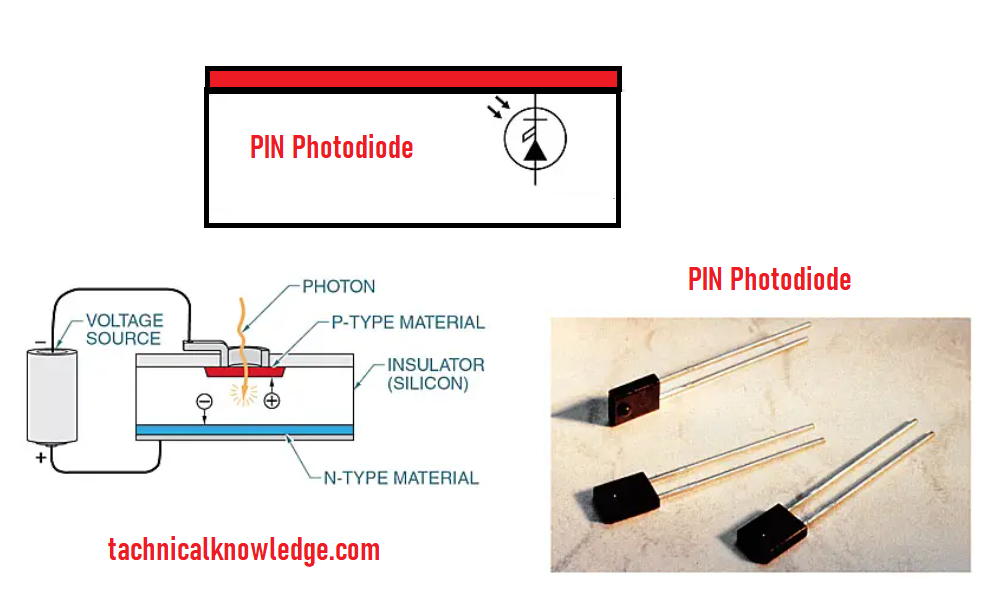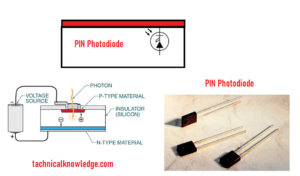
Photoelectric Devices and Their Applications
Photoelectric devices have revolutionized various industries by enabling the conversion of light energy into electrical energy. These devices have found applications in a wide range of fields, from communications to energy generation. In this article, we will explore the basics of photoelectric. Communications, energy production, and scientific research are just a few of the many uses for photoelectric devices. devices, how they work, and their various applications.
1. Introduction to Photoelectric Devices
Photoelectric devices are electronic devices that convert light energy into electrical energy. These devices work based on the photoelectric effect, which is the phenomenon of electrons being emitted from a material when light falls on it.
2. The Basics of Photoelectric Effect
The photoelectric effect is the process of electrons being emitted from a material when light falls on it. When a photon (a packet of light energy) strikes the surface of a material, it can transfer its energy to an electron in the material. If the energy of the photon is greater than the energy required to remove the electron from the material (known as the work function), the electron is ejected from the material, creating a current.
3. Types of Photoelectric Devices
There are several types of photoelectric devices, including:
Photodiode
When light falls on the photodiode, it creates a flow of current that controls the base-emitter current, amplifying the signal.
A photodiode is a semiconductor device that converts light into electrical current. It consists of a p-n junction, where the absorption of photons in the depletion region creates a flow of current. Photodiodes are used in applications such as light detection, solar cells, and optical communications.
Phototransistors
A phototransistor is a type of transistor that responds to light. It consists of a base, collector, and emitter, with a photodiode attached to the base. Phototransistors are used in applications such as optical switching, sensing, and amplification.
Photomultipliers
A photomultiplier is a device that detects and amplifies light. It consists of a photocathode, which emits electrons when light falls on it, and a series of electrodes that amplify the electron signal. Photomultipliers are used in applications such as particle detection, fluorescence microscopy, and astronomy.
Charge-Coupled Devices (CCDs)
A CCD is a semiconductor device used for image capture. It consists of an array of capacitors that store charge when light falls on them, with the charge being read out by a shift register. CCDs are used in applications such as digital cameras, video cameras, and medical imaging.
4. Working of Photoelectric Devices
Photoelectric devices are electronic devices that use the photoelectric effect to detect and measure light. The photoelectric effect is a phenomenon in which electrons are emitted from a material when light of a certain frequency, known as the threshold frequency, is shone on it.
Photoelectric devices typically consist of a photosensitive material, such as a metal or semiconductor, and electrodes for collecting the emitted electrons. When light with sufficient energy is shone on the material, electrons are excited and released from the surface. The electrodes can then collect these electrons and use them to make an electrical signal whose strength is the opposite of how bright the light is.
One common type of photoelectric device is the photodiode, which is a semiconductor device that converts light into an electrical current. When light hits the photodiode, it creates pairs of electrons and holes. The resulting current can be detected and measured.
Another type of photoelectric device is the photomultiplier tube, which uses a series of electrodes to amplify the signal generated by the emitted electrons. The photomultiplier tube is often used in applications requiring high sensitivity and low noise, such as scientific instruments and medical imaging.
Photoelectric devices are used in a wide range of applications, including in cameras, sensors, solar cells, and optical communications. Their sensitivity and speed make them useful for detecting and measuring light in a variety of settings.
5. Applications of Photoelectric Devices
Photoelectric devices have found numerous applications in various fields. Some of the common applications of photoelectric devices are:
Solar Cells
Solar cells are devices that convert sunlight into electricity. They use photovoltaic materials such as silicon to absorb sunlight and generate a flow of electrons, which is then converted into usable electricity. Solar cells are used to generate electricity in homes, businesses, and remote locations.
Optical Communication
Photoelectric devices are used in optical communication systems such as fiber optics to transmit data over long distances. They convert light signals into electrical signals, which are then transmitted over the fiber-optic cable. Photoelectric devices used in optical communication include photodiodes, phototransistors, and avalanche photodiodes.
Cameras and Image Sensors
In cameras and image sensors, photoelectric devices are used to capture light and turn it into a digital image. They include CCDs and CMOS sensors, which are used in digital cameras, smartphones, and security cameras.
Medical Equipment
Photoelectric devices are used in medical equipment such as X-ray machines, CT scanners, and endoscopes. They make it possible to find and see abnormalities and internal structures, which helps doctors make accurate diagnoses and treatment plans.
Industrial Automation
Photoelectric devices are used in industrial automation systems to detect and control processes. They can tell if something is there or not, keep an eye on production lines, and control machinery.
6. Advantages and Disadvantages of Photoelectric Devices
- High sensitivity: Photoelectric devices are highly sensitive to light and can detect even low levels of light, making them useful in applications where sensitivity is important.
- Fast response time: Photoelectric devices have a fast response time, which means that they can quickly detect and respond to changes in light levels.
- Wide dynamic range: Photoelectric devices have a wide dynamic range, which means that they can accurately detect and measure light over a broad range of intensities.
- Low noise: Photoelectric devices have low noise levels, which means that they can provide highly accurate measurements even in noisy environments.
- Non-contact sensing: Photoelectric devices can detect and measure light without coming into physical contact with the light source, which makes them useful in applications where contact sensing is not feasible.
Disadvantages of photoelectric devices:
- Limited wavelength range: Photoelectric devices are typically designed to detect light within a specific wavelength range, and may not be able to detect light outside of that range.
- Temperature sensitivity: Some types of photoelectric devices can be sensitive to changes in temperature, which can affect their accuracy and performance.
- Cost: Some types of photoelectric devices can be expensive, especially those designed for high sensitivity or specialized applications.
- Environmental sensitivity: Photoelectric devices can be sensitive to environmental factors such as humidity, dust, and other contaminants, which can affect their performance and lifespan.
- Complex setup: Some types of photoelectric devices require complex setup and calibration, which can be time-consuming and require specialized expertise.
7. Future of Photoelectric Devices
The future of photoelectric devices looks bright, with ongoing research and development aimed at improving their efficiency, durability, and versatility. New materials, such as perovskite and organic photovoltaics, are being developed to improve performance and reduce costs. Advances in nanotechnology and quantum computing are also expected to enable the development of new types of photoelectric devices with unprecedented capabilities.

8. Conclusion
Photoelectric devices have transformed various industries by enabling the conversion of light energy into electrical energy. They have found applications in solar energy, communications, imaging, medical equipment, and industrial automation. Despite their advantages, they also have some disadvantages, which are being addressed through ongoing research and development. With the continued innovation and development of new materials and technologies, photoelectric devices are poised to play a critical role in shaping the future of energy and technology.
9. FAQs
What is a photoelectric device?
1. A photoelectric device is an electronic device that converts light energy into electrical energy.
What is the photoelectric effect?
2. The photoelectric effect is the phenomenon of electrons being emitted from a material when light falls on it.
What are the types of photoelectric devices?
3. The types of photoelectric devices include photodiodes, phototransistors, photoresistors, photomultipliers, and charge-coupled devices (CCDs).
What are the applications of photoelectric devices?
4. The applications of photoelectric devices include solar energy,

Leave a Reply